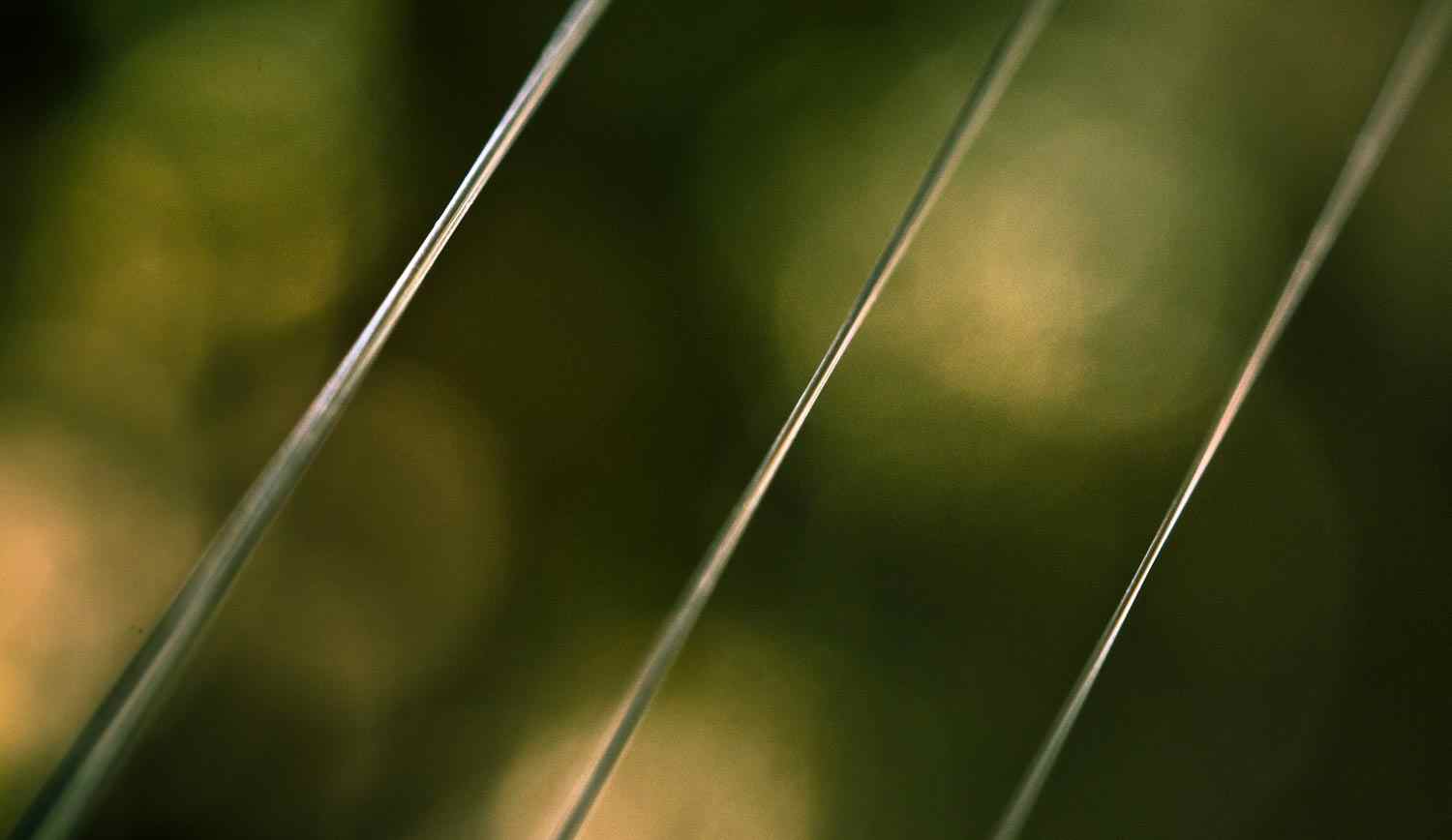Many of us like to think it’s all about fly pattern choice when it comes to catching trout.
Sometimes it is, but there’s many times when the key to getting the tough bites, lies not in what fly pattern you’re fishing, but rather in what size tippet you’ve chosen to attach your fly to. If you asked me what fly type (streamer, dry or nymph) is most important when it comes to tippet choice, I’d quickly respond that tippet size is most critical when an angler is trout fishing with nymphs. You’re probably thinking, “Thanks for your opinion Kent, but what’s the theory behind your reasoning?” For starters, trout don’t tend to be very tippet shy with streamers—in most moving water situations. A trout generally will see your big meaty streamer coming through its kitchen, and it will either pounce on it for territorial reasons or because it provides an opportunity for a large meal that it can’t afford to pass up. I’ve got buddies that regularly fish 15 pound tippet when they’re streamer fishing, hell, sometimes even 20 pound, and they have great success. And a good portion of them, aren’t pounding the banks on the river from a drift boat, but instead wade-fishing on small to mid-size trout streams. In many cases, anglers tend to fish tippet too light when streamer fishing. Fishing beefy tippet will aid in efficient leader turnover, decrease the amount of false casting needed between presentations, and lastly, it will help anglers make accurate casts more consistently at varying distances.
Dry fly fishing, makes for a much closer call, but I still stand by my belief, that tippet size is more important with nymphs. Largely because the two most important factors in dry fly fishing success, are an accurate presentation and a drag free drift. In certain situations, timing can be critical as well, for instance, when an angler is fishing to a trout actively feeding on the surface during a hatch. That being said, I wouldn’t go so far as to say tippet has no bearing in dry fly fishing. It’s just more common that the problem lies with a presentation off target (out of the target zone), a dry fly looking unnatural because of drag, or the dry fly was drifted over the trout when it wasn’t ready (repositioning after a recent feeding). If you’re certain you have all of the above correct, you’ve tried a few different patterns, and you’re still not getting bites, there’s a good chance your tippet is too large and needs to be downsized.
Nymphs, on the other hand, tend to provide a greater number of challenges to the fly angler, because they often are happening all at the same time. Not only do anglers need to worry about trout being tippet shy, they also have to worry about managing conflicting underwater currents (differing speeds and directions), and it’s critical that they have the nymph/nymphs drifting at the correct depth. With streamers and dry flies, you usually don’t have to worry about dealing with all of these challenges all at once, and that’s why I feel tippet size with nymphs is most important. Downsizing tippet will combat tippet shy trout, provide a higher level of suppleness or flexibility, which will make it easier to maintain a natural drag free drift, and help wet flies sink quicker into the desired water column.
In conclusion, I’d like to state that there’s times on the water when the choice of tippet size can be just as critical from one type of fly pattern to the next, and that goes for a fly on or below the surface. The main purpose for me writing this post was to help anglers from misdiagnosing the real problem at hand for why they aren’t catching fish. Catching trout is always about identifying the key variables and prioritizing them correctly in the eyes of the trout.
Keep it Reel,
Come fish with us in the Bahamas!
Kent Klewein Gink & Gasoline www.ginkandgasoline.com hookups@ginkandgasoline.com Sign Up For Our Weekly Newsletter!

I agree completely. 90% of my nymphing rigs are 6x or 7x. I only use 5x when I run out of smaller tippet or during the runoff season. I have noticed a large difference in hook-ups going down aside or two in tippet. Also on my local tail water a big difference in mono vs fluro as well. Thanks for the great articles.
Pingback: Sunday Classic / Tippet Size Can Be More Important With Nymphs | Latest Fishing Blogs Posts